Filter data
|
ID |
Nickname |
Country / City |
Languages |
Taxonomies |
Comment |
Project / Group |
Map |
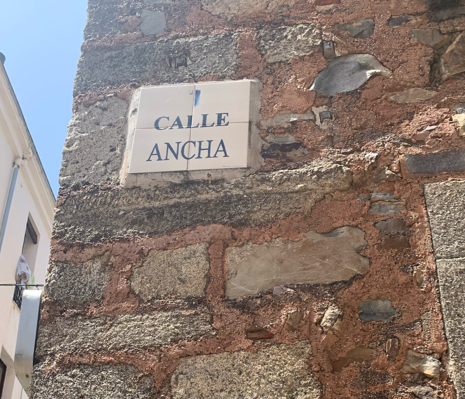
|
136259
|
Laura_Pizarro_Jacinto
|
Spain
Cáceres
|
|
|
—
|
PALRA
|
|
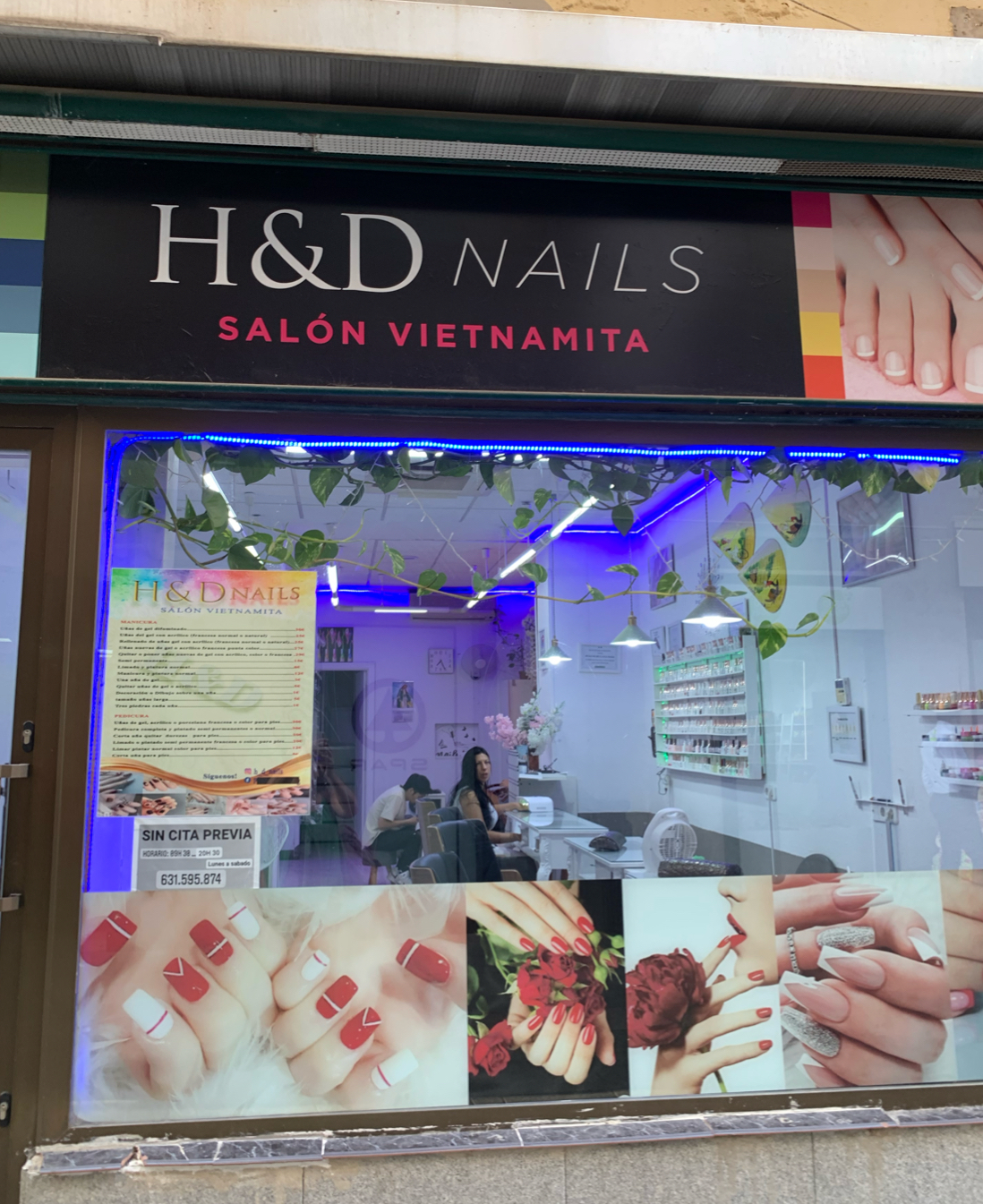
|
136515
|
Laura_Pizarro_Jacinto
|
Spain
Cáceres
|
|
|
—
|
PALRA
|
|
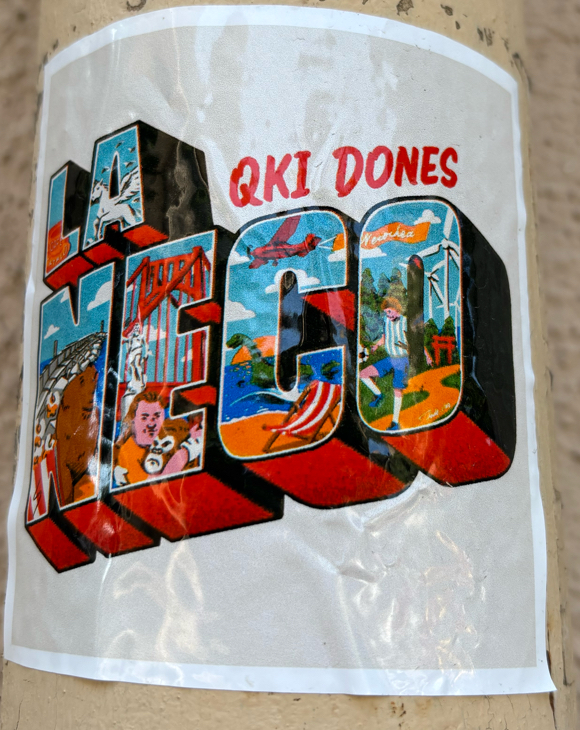
|
139331
|
Naomi_Heller
|
Spain
València
|
|
|
Sticker on lamppost
|
Valencia
|
|
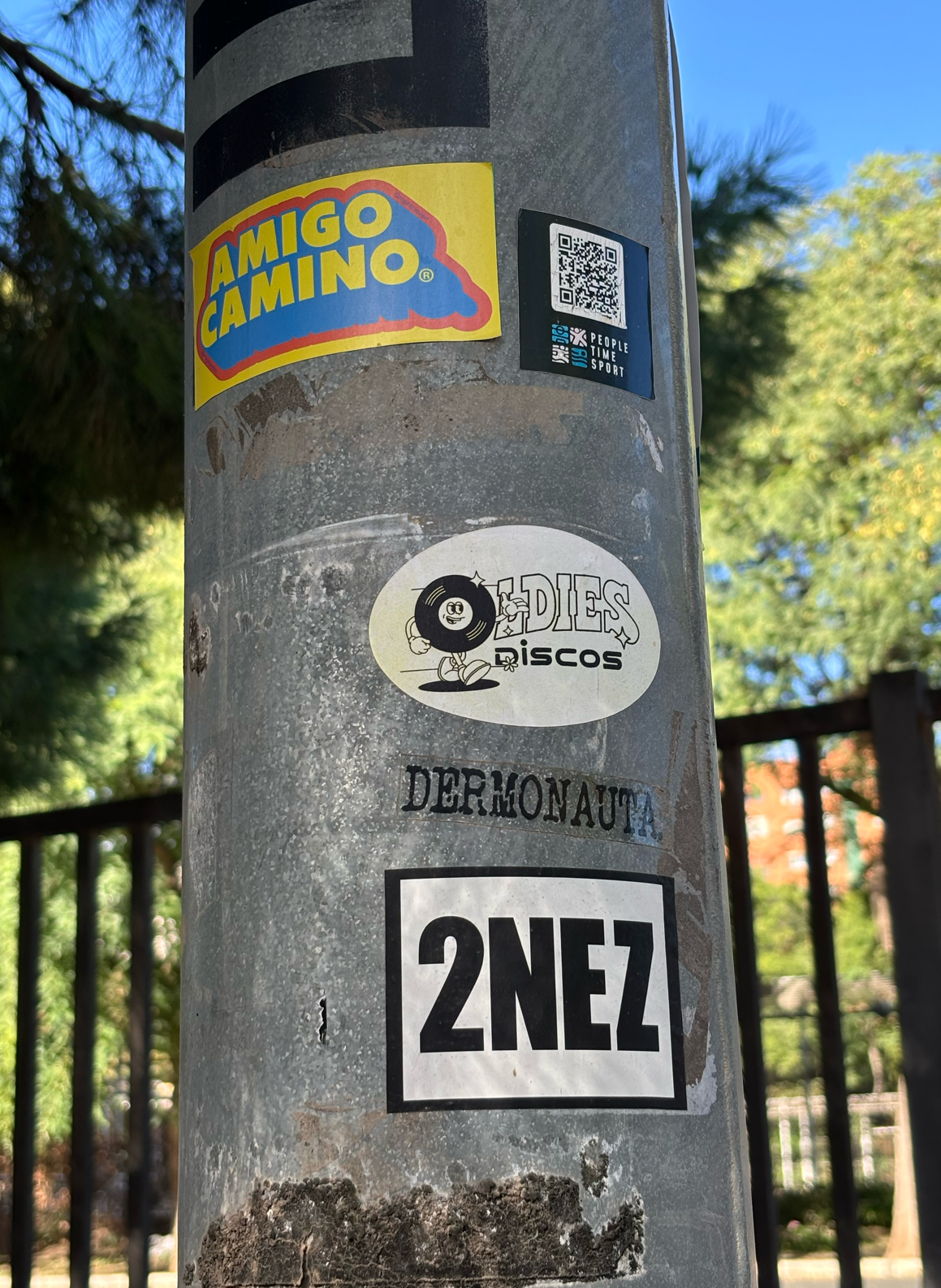
|
145987
|
Naomi_Heller
|
Spain
València
|
|
|
—
|
Valencia
|
|

|
146243
|
Naomi_Heller
|
Spain
València
|
|
|
—
|
Valencia
|
|
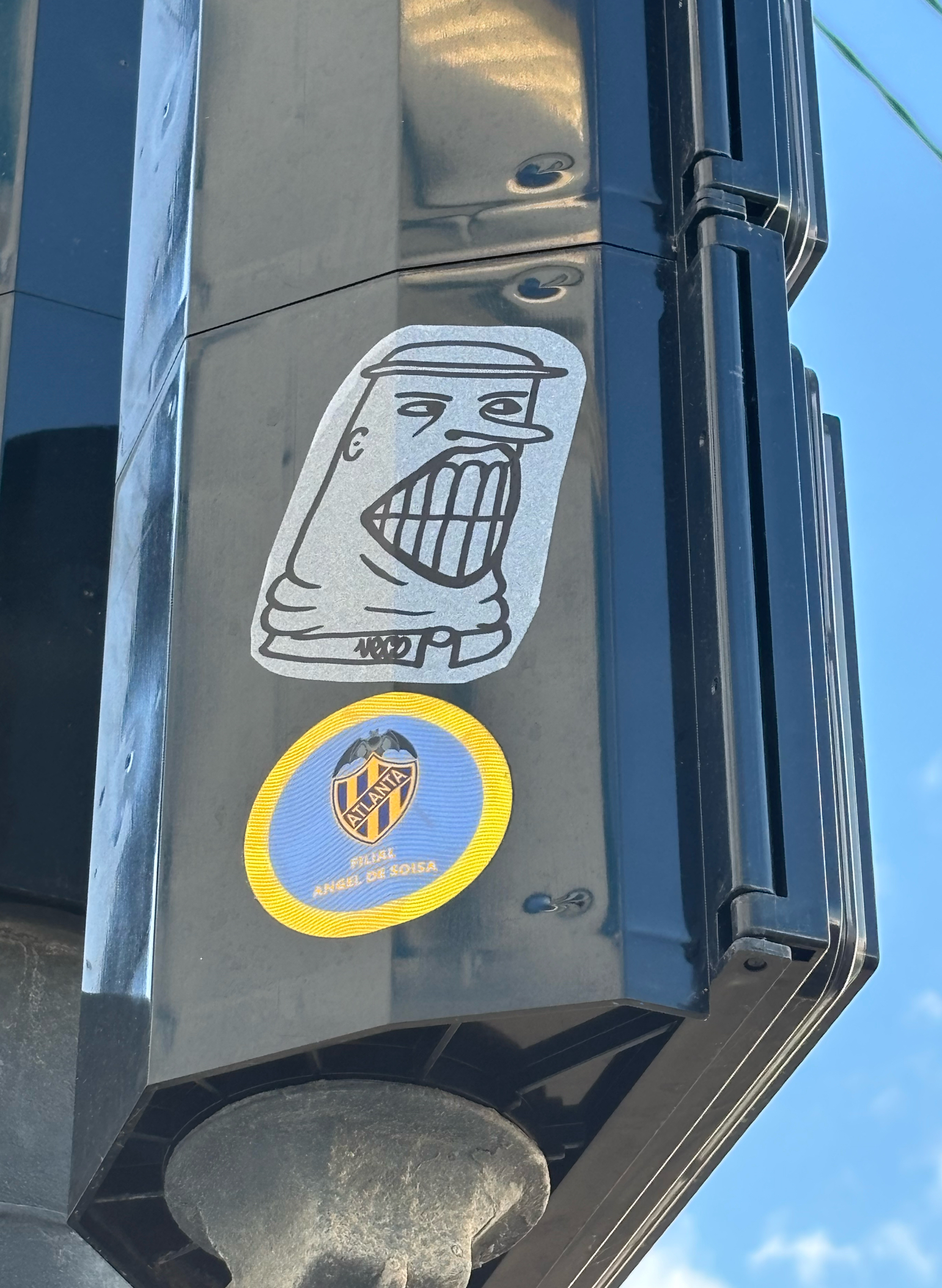
|
146499
|
Naomi_Heller
|
Spain
València
|
|
|
—
|
Valencia
|
|
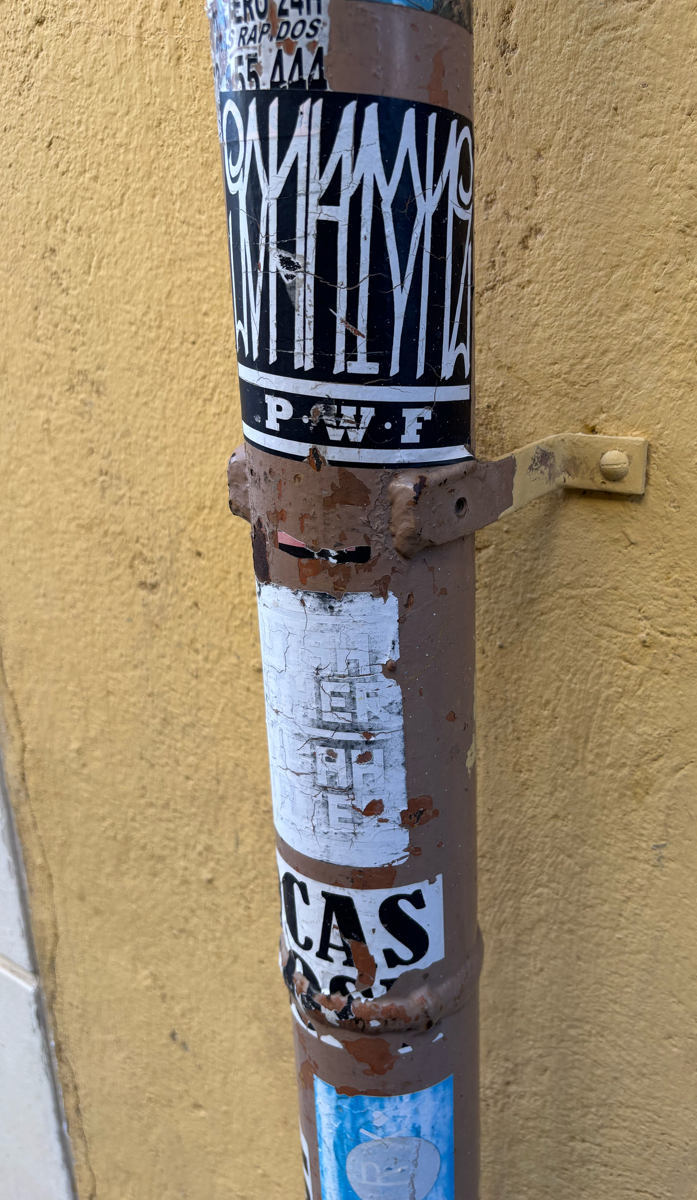
|
146755
|
Naomi_Heller
|
Spain
València
|
|
|
—
|
Valencia
|
|
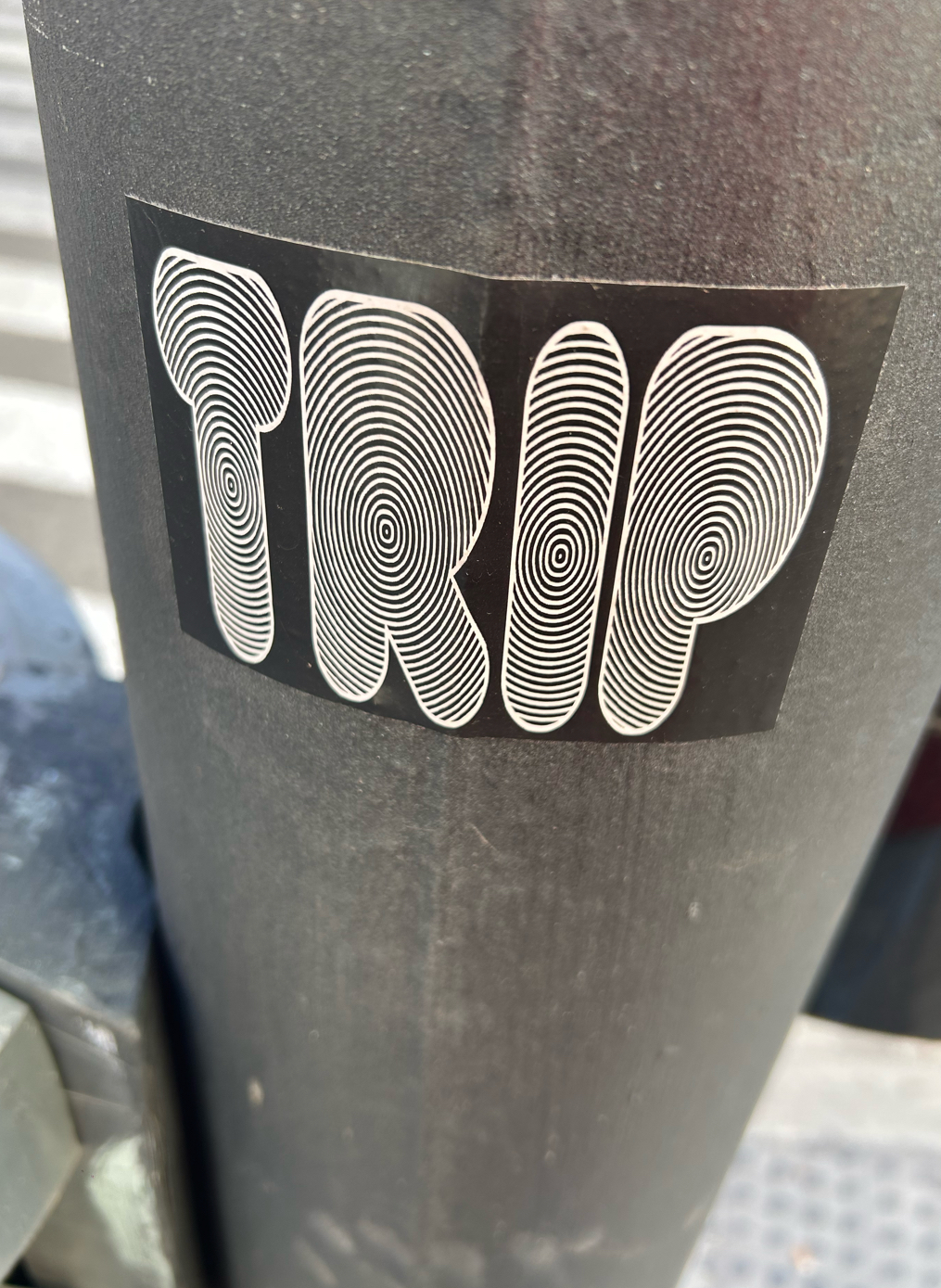
|
147267
|
alex_analyzing stickers_unibe
|
Spain
València
|
|
|
—
|
Valencia
|
|
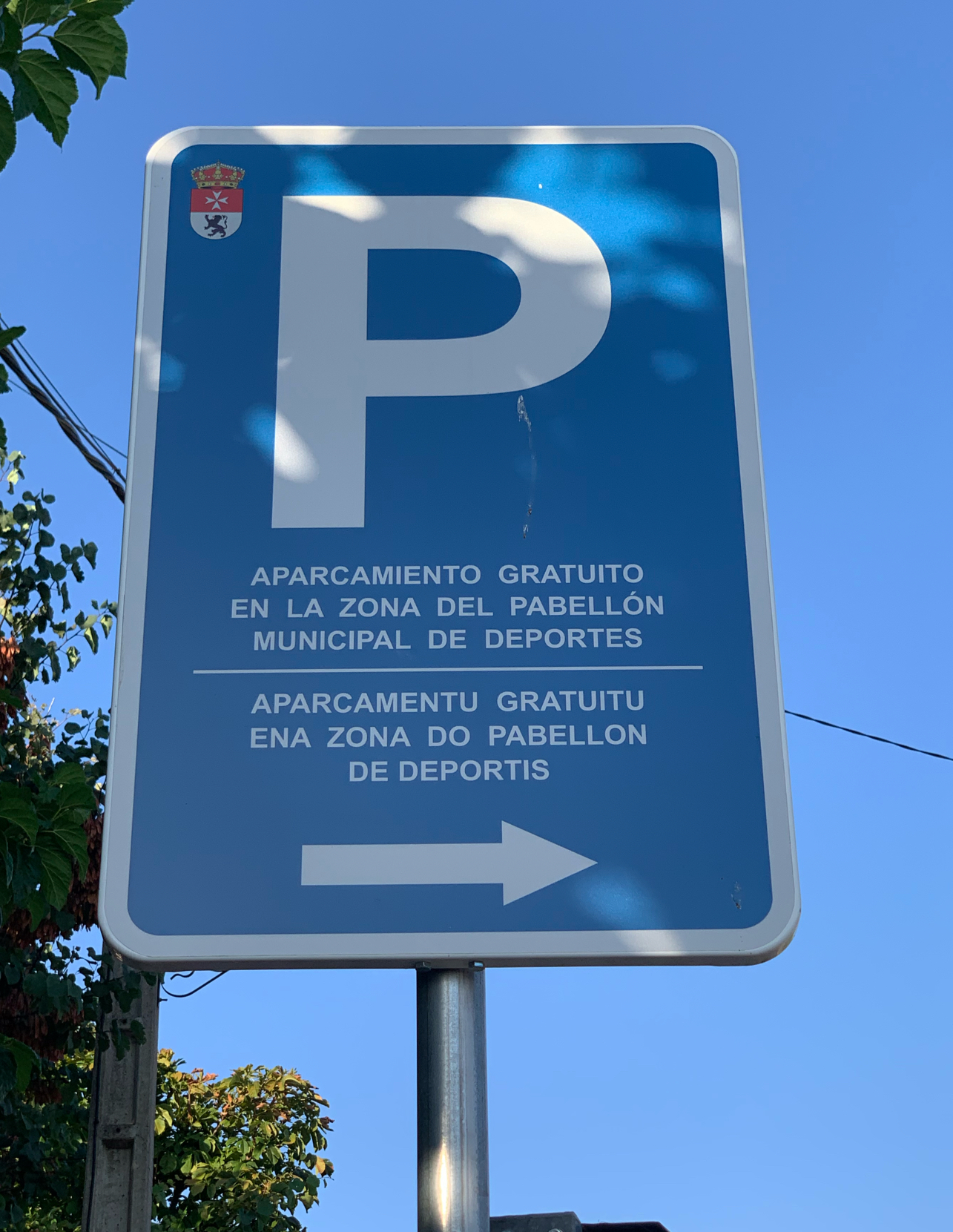
|
135748
|
Laura_Pizarro_Jacinto
|
Spain
San Martín de Trevejo
|
|
|
PALRA | Documenting Living Languages in Western Iberia
SM | San Martín de Trevejo Corpus ID : 007 - 155748
Semiotic Resources (TS) / Composition (LL) : symbol-text (parking “P” + arrow + municipal crest)
Translational Agency (TS) / Directedness (LL) : top-down (municipal authority)
Discursive Framing (TS) / Discourse (LL) : regulatory, informatory+infrastructural (parking instructions)
Translation Strategy (TS) / Distribution (LL) : duplicating (Spanish fully translated into Extremaduran)
Visibility / Linguistic Hierarchy (TS) / Dominance (LL) : positioning (Spanish on top, Extremaduran below); typeface = equal size/colour
Mobility (TS) / Dynamics (LL) : fixed (fixed traffic sign)
Sign Type (TS) / Form (LL) : information sign + regulatory (parking)
Textual Integrity (TS) / Integrity (LL) : complete (legible, intact)
Intertextuality (TS) / Layering (LL) : Linguistic
Multilingualism (TS) / Linguality (LL) : bilingual
Material (TS) / Material (LL) : metal
Inscription (TS) / Mode (LL) : printed (industrial signage)
Agents (TS) / Name (LL) : authority (municipal / local council)
Placement (TS) / Placement (LL) : street sign (mounted roadside)
Size (TS) / Size (LL) : A3-1 m²
Status (TS) / Status (LL) : authorised (official signage)
Paratext (TS) / Supplement (LL) : none
Temporality (TS) / Temporality (LL) : permanent (infrastructure sign)
Language Constellation (TS) / Languages (LL) : SPA (Spanish) + FAX ( A Fala)
Intersemiotic Elements (TS) / Non-Linguistic Semiotics (LL) : “P” parking symbol, municipal crest, directional arrow
Translation Mode (TS) / Translation Mode (LL) : interlingual (Spanish ↔ A fala)
Translational Silencing (TS) / Absence Marker (LL) : yes
Notes : This sign is significant as it represents institutional recognition of Extremaduran, rarely used in official signage. However, the placement hierarchy (Spanish above, Extremaduran below) reproduces symbolic dominance. The absence of A Fala is striking given the town’s linguistic ecology, highlighting competing policies of visibility for minority languages.
|
PALRA
|
|
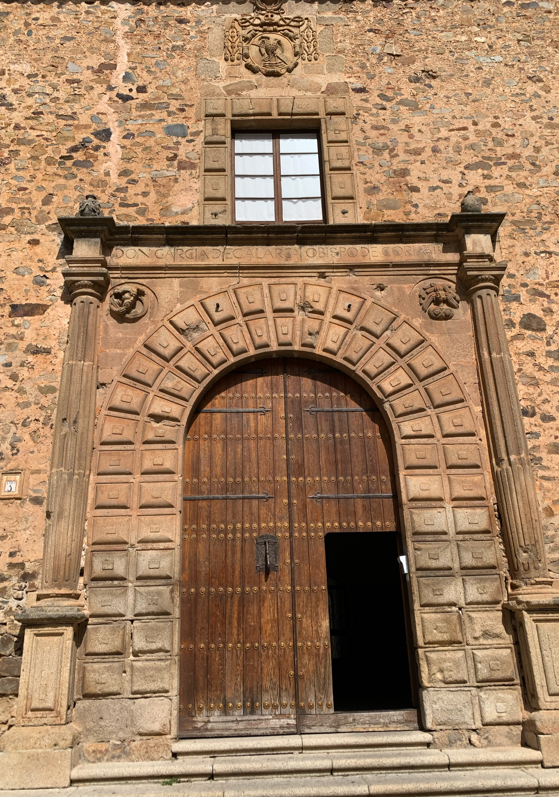
|
136004
|
Laura_Pizarro_Jacinto
|
Spain
Cáceres
|
|
|
—
|
PALRA
|
|

|
136260
|
Laura_Pizarro_Jacinto
|
Spain
Cáceres
|
|
|
—
|
PALRA
|
|

|
136516
|
Laura_Pizarro_Jacinto
|
Spain
Cáceres
|
|
|
—
|
PALRA
|
|

|
139332
|
Naomi_Heller
|
Spain
València
|
|
|
Sticker on lamppost
|
Valencia
|
|
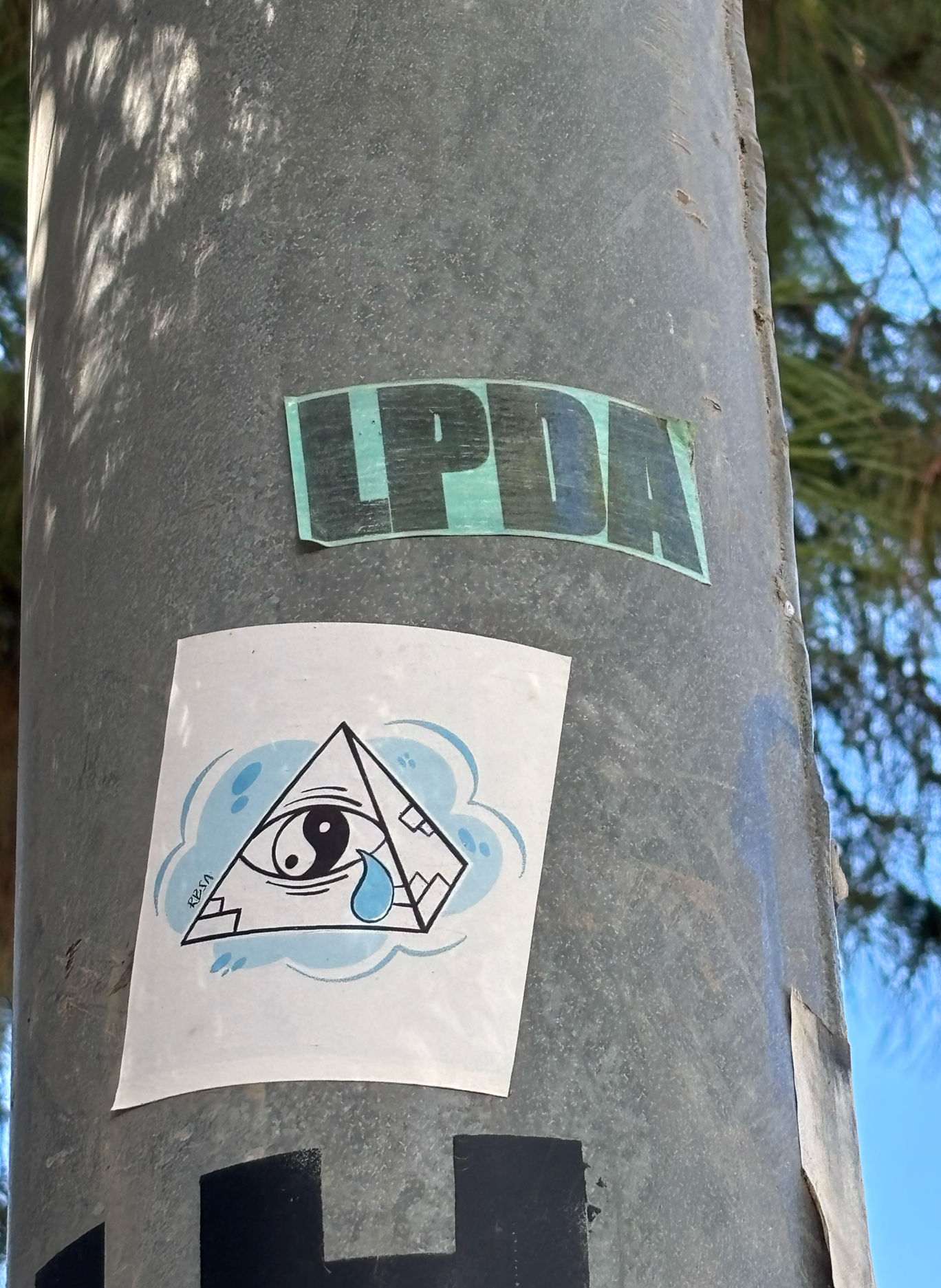
|
145988
|
Naomi_Heller
|
Spain
València
|
|
|
—
|
Valencia
|
|

|
146244
|
Naomi_Heller
|
Spain
València
|
|
|
—
|
Valencia
|
|
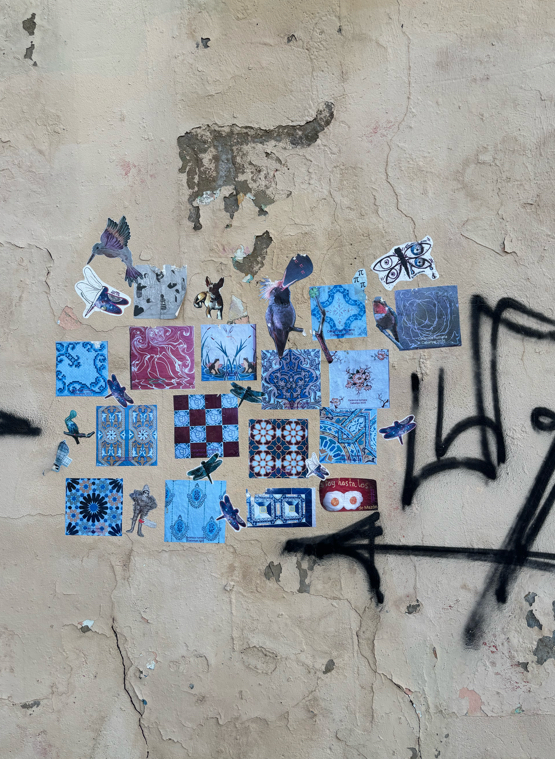
|
146500
|
Naomi_Heller
|
Spain
València
|
|
|
—
|
Valencia
|
|
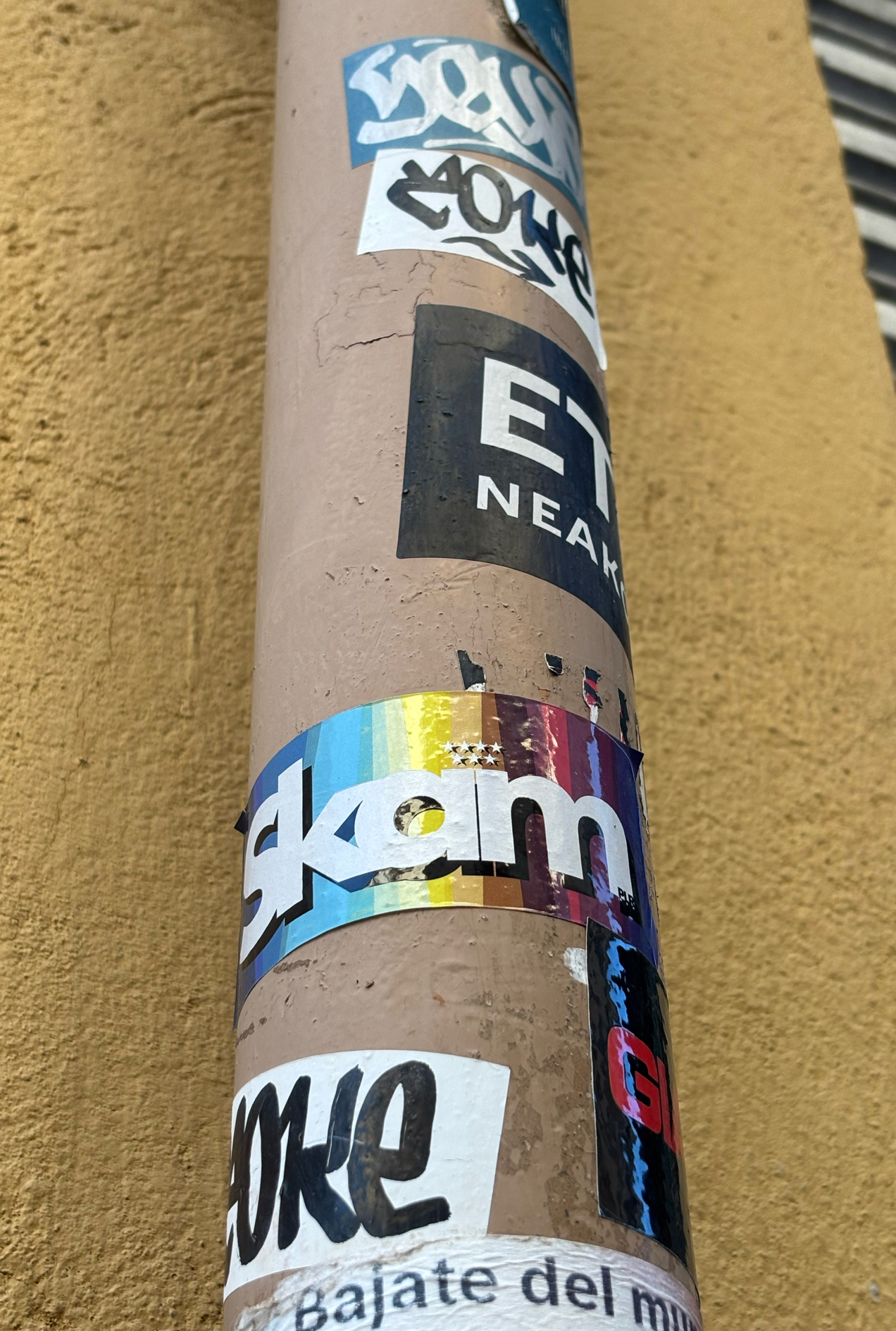
|
146756
|
Naomi_Heller
|
Spain
València
|
|
|
—
|
Valencia
|
|
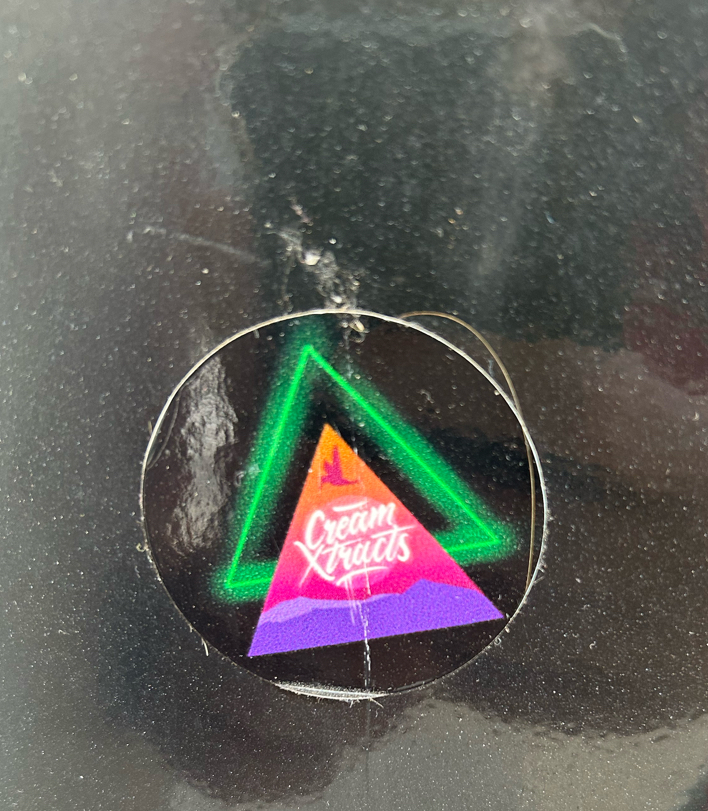
|
147268
|
alex_analyzing stickers_unibe
|
Spain
València
|
|
|
—
|
Valencia
|
|
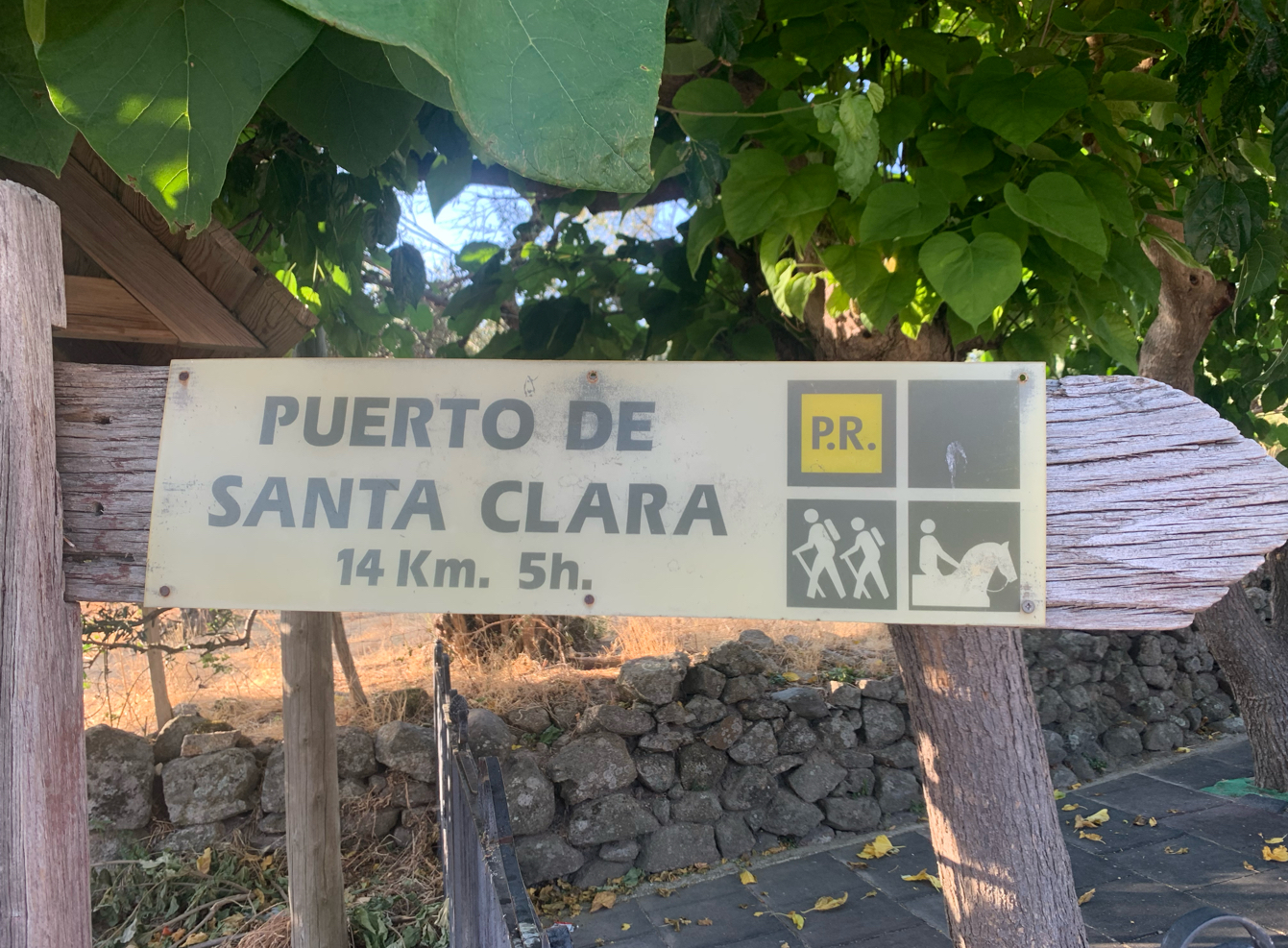
|
135749
|
Laura_Pizarro_Jacinto
|
Spain
San Martín de Trevejo
|
|
|
PALRA | Documenting Living Languages in Western Iberia
SM | San Martín de Trevejo Corpus ID : 008 - 155749
Semiotic Resources (TS) / Composition (LL) : symbol text (hiking pictograms, horse rider icon, PR trail mark)
Translational Agency (TS) / Directedness (LL) : top-down (institutional, tourism/heritage signage)
Discursive Framing (TS) / Discourse (LL) : infraestructural+ informatory
Translation Strategy (TS) / Distribution (LL) : monolingual
Visibility / Linguistic Hierarchy (TS) / Dominance (LL) :size, typeface (bold uppercase text), positioning (text central, symbols lateral), colour
Mobility (TS) / Dynamics (LL) : fixed(affixed signpost)
Sign Type (TS) / Form (LL) : information sign (directional hiking panel)
Textual Integrity (TS) / Integrity (LL) : complete (fully legible, though weathered)
Intertextuality (TS) / Layering (LL) : none
Multilingualism (TS) / Linguality (LL) : monolingual
Material (TS) / Material (LL) : plastic panel mounted on wood
Inscription (TS) / Mode (LL) : printed
Agents (TS) / Name (LL) : authority(regional/national hiking or tourism authority)
Placement (TS) / Placement (LL) :sign
Size (TS) / Size (LL) : A3-1m (medium-sized panel)
Status (TS) / Status (LL) : authorised (official trail signage)
Paratext (TS) / Supplement (LL) : none
Temporality (TS) / Temporality (LL) : permanent (long-term infrastructure)
Language Constellation (TS) / Languages (LL) : SPA (Spanish)
Intersemiotic Elements (TS) / Non-Linguistic Semiotics (LL) : pictograms of hikers, horse rider, PR trail logo
Translation Mode (TS) / Translation Mode (LL) :intersemiotic ( icons+symbols: hiking, riding horse, etc..)
Translational Silencing (TS) / Absence Marker (LL) : Yes (Extremaduran absent)
Notes : This hiking sign integrates pictograms with text, combining linguistic and non-linguistic resources for international comprehensibility. While designed for accessibility to tourists, it is exclusively in Spanish, leaving local minority languages absent. The use of the PR (Pequeño Recorrido) mark situates the trail within a broader European hiking network, indexing institutional authority and standardisation.
|
PALRA
|
|
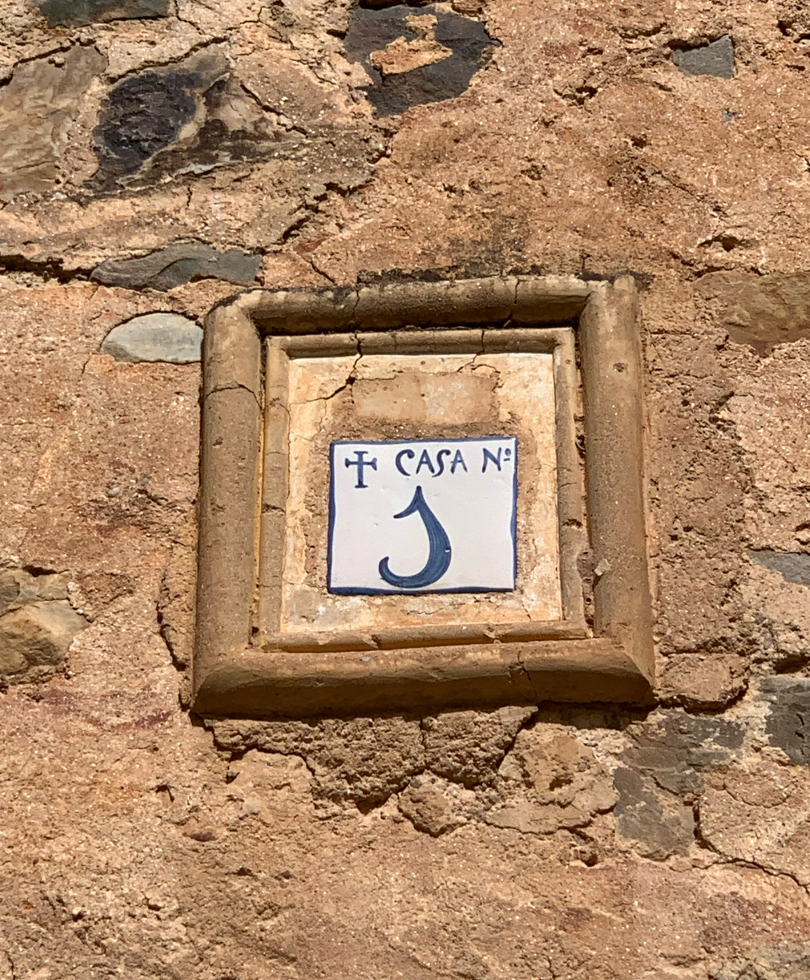
|
136005
|
Laura_Pizarro_Jacinto
|
Spain
Cáceres
|
|
|
—
|
PALRA
|
|